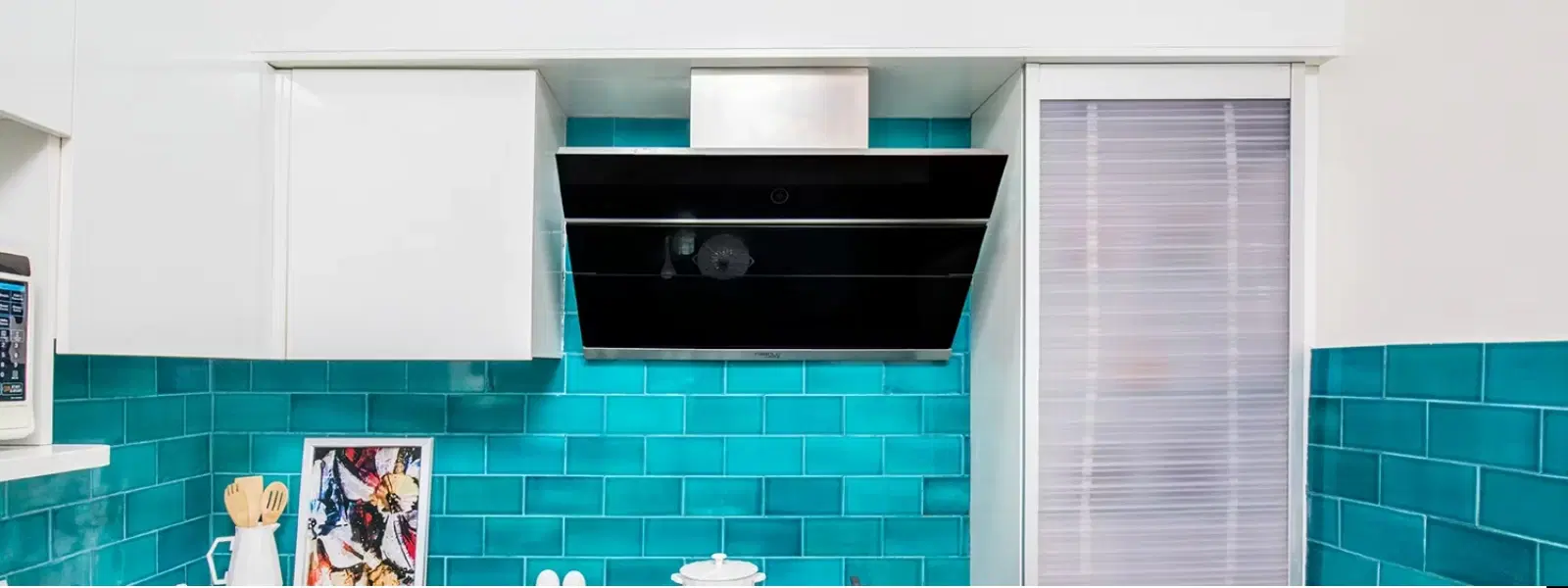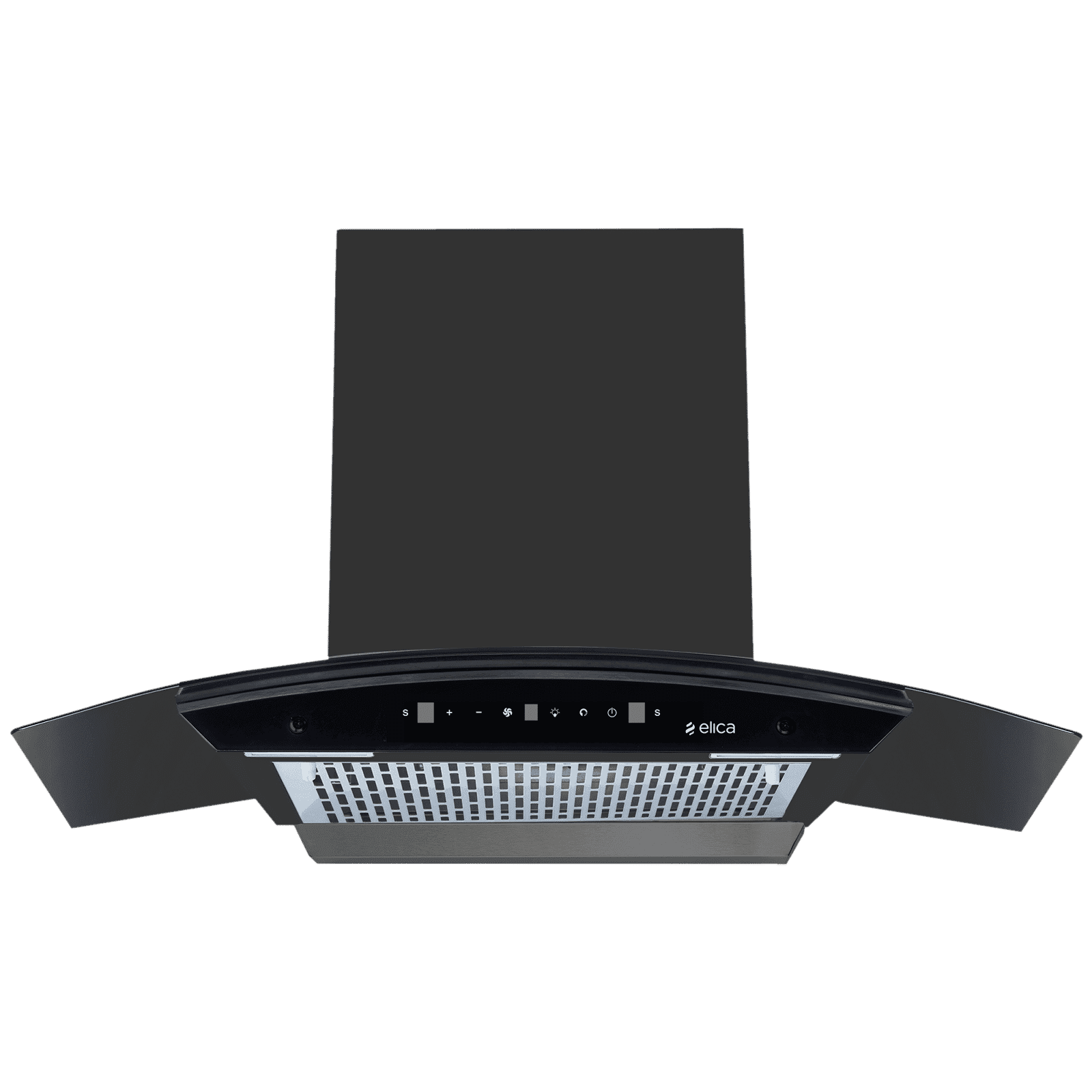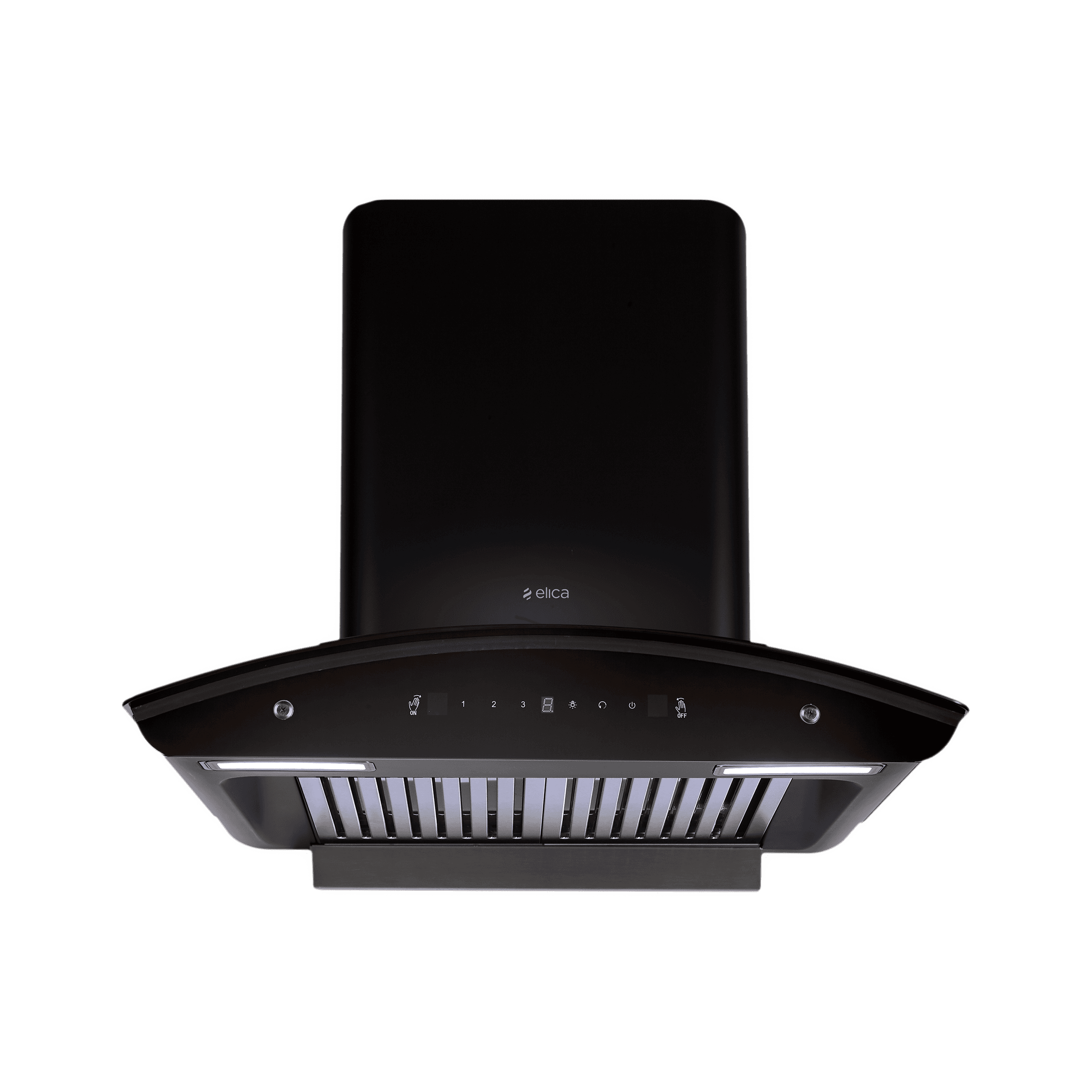
Home Appliances
•04 min read

Buy Crompton Ducting Kit For Chimney (9 Feet Aluminum Alloy Duct Pipe, D6BIB900001I, Silver) online at best prices from Croma. Check product details, reviews & more. Shop now!
A well-installed Kitchen Chimney pipe fitting is the backbone of an efficient kitchen ventilation system. Ensuring proper installation and maintenance not only keeps your kitchen clean but also enhances its overall functionality. In this guide, we will walk you through an essential checklist for achieving optimal Kitchen Chimney pipe fitting and create a seamless setup for efficient air flow.
Kitchen chimney pipe fitting refers to the process of connecting the various components of a kitchen ventilation system, including the outlet pipes and ducts that remove smoke and odors. It plays a vital role in ensuring that the smoke and fumes generated during cooking are effectively directed out of your home. Terms like chimney duct installation and chimney flue setup are often used interchangeably to describe these processes.
The efficiency of your kitchen exhaust system relies heavily on its components. The essential parts include the outlet pipes that serve as the main conduit for air, the ducts that channel this air, the flues that further augment the process, and the various fittings that secure these elements in place. Selecting durable materials is key to ensuring longevity and consistent performance of the entire setup.
Before you begin installation, it is important to consider your kitchen's dimensions. Take into account factors like available space, the type of wall, and ceiling height. These elements can drastically influence the overall installation process. Keep in mind that understanding your space is included in a comprehensive kitchen vent pipe guide to help you decide on the best ducting for kitchen chimney installation.
When it comes to selecting materials, options such as stainless steel, aluminium, and PVC are common choices. Each material comes with its own strengths and weaknesses. For instance, while PVC pipes are lightweight, they might not endure high temperatures often generated in kitchens. On the other hand, stainless steel and aluminium are more resilient. The question often arises: Can we use PVC pipe for a kitchen chimney? It is generally advisable to avoid PVC in favour of metals which can better withstand the rigours of everyday cooking.

Buy elica WDFL 900 BLDC HAC LTW MS NERO 90cm 1500m3/hr Ducted Auto Clean Wall Mounted Chimney with Motion Sensor Control (Black) online at best prices from Croma. Check product details, reviews & more. Shop now!
Accurate measurement is central to a successful installation. Creating the correctly sized outlet ensures that the exhaust pipe fits perfectly and that your kitchen ventilation system operates without any hitches. Use a measuring tape carefully to determine the appropriate kitchen chimney exhaust pipe hole size. This small, but crucial detail, guarantees that your installation is tailored to your kitchen's unique dimensions.
Begin by carefully aligning the chimney flue. Ensuring that it is properly positioned is essential for the effectiveness of your kitchen ventilation system. The flue must be sealed neatly where it connects to the outlet. During this phase, pay attention to details like sealing material selection and ensuring that all joints are secure. A precise chimney pipe connection helps to avoid issues later on.
Once the flue is in place, connect the exhaust pipe to form a continuous passage for air. Secure the connection firmly while ensuring that the setup remains discreet and blends well with your kitchen decor. Maintaining an attractive aesthetic is possible by exploring options to conceal the exhaust pipe through creative design elements such as cabinetry or false ceilings, resulting in a clean and modern kitchen ambience.
Before declaring the installation complete, it is vital to test the system thoroughly. Turn on your ventilation system and check for proper airflow. Look for any areas where there might be leaks or misalignments. Troubleshooting common issues early on can save you time and guarantee that your kitchen chimney installation tips have been correctly applied. A final test ensures that every component, from the chimney outlet fitting to the ducting for kitchen chimney, works harmoniously.
Pro Tip: Did you know that using insulated pipes for your kitchen chimney can significantly reduce heat loss and improve overall efficiency? Opt for high-quality materials to ensure durability and long-term performance.
Just like any mechanical system, your kitchen chimney benefits greatly from regular maintenance. Clean the chimney pipe frequently to avoid blockages and to maintain an efficient kitchen ventilation system. Routine inspections help in early detection of any wear or damage, thereby ensuring your chimney pipe maintenance remains top-notch.

Buy elica BFCG PLUS 600 HAC LTW MS NERO 60cm 1500m3/hr Ducted Auto Clean Wall Mounted Chimney with Motion Sensor (Black) online at best prices from Croma. Check product details, reviews & more. Shop now!
If you notice worn-out or damaged parts, addressing them immediately can prevent more serious issues down the line. Replacing these components as needed restores your system's performance. Taking prompt action means that you continue enjoying a clean, smoke-free kitchen environment.
Adopting a proactive approach is key. Follow kitchen chimney installation tips not only during the initial setup but also throughout the lifespan of your cosmetics. Effective usage and regular upkeep, combined with periodic professional checks, ensure that your kitchen exhaust pipe fitting system operates at its best for years to come.
Ensure the pipe is securely connected to the chimney and the outlet. Use proper sealing materials to prevent leaks and ensure a tight fit.
You can conceal the exhaust pipe by using cabinetry, false ceilings, or decorative covers that match your kitchen's interior design.
PVC pipes are generally not recommended for kitchen chimneys as they cannot withstand high temperatures. Stainless steel or aluminium pipes offer a better solution.
This checklist offers a detailed roadmap to ensure that your kitchen chimney pipe fitting is executed flawlessly. By understanding the basics, preparing your kitchen environment, following a step-by-step installation protocol, and committing to regular maintenance, you can achieve a high-performing ventilation system. Enjoy the benefits of a clean and efficient kitchen, supported by robust installation practices and preventive care. The comprehensive guide above is designed to empower you with the knowledge necessary to make informed decisions regarding your kitchen chimney pipe fitting requirements.
By investing time in careful planning and maintenance, you ensure not only a visually appealing kitchen but also one that functions at its best. Explore additional resources on efficient kitchen setups and stay updated on expert tips and product features that keep your home running smoothly. Remember, a well-maintained system can elevate your culinary experience while seamlessly integrating with modern kitchen aesthetics.